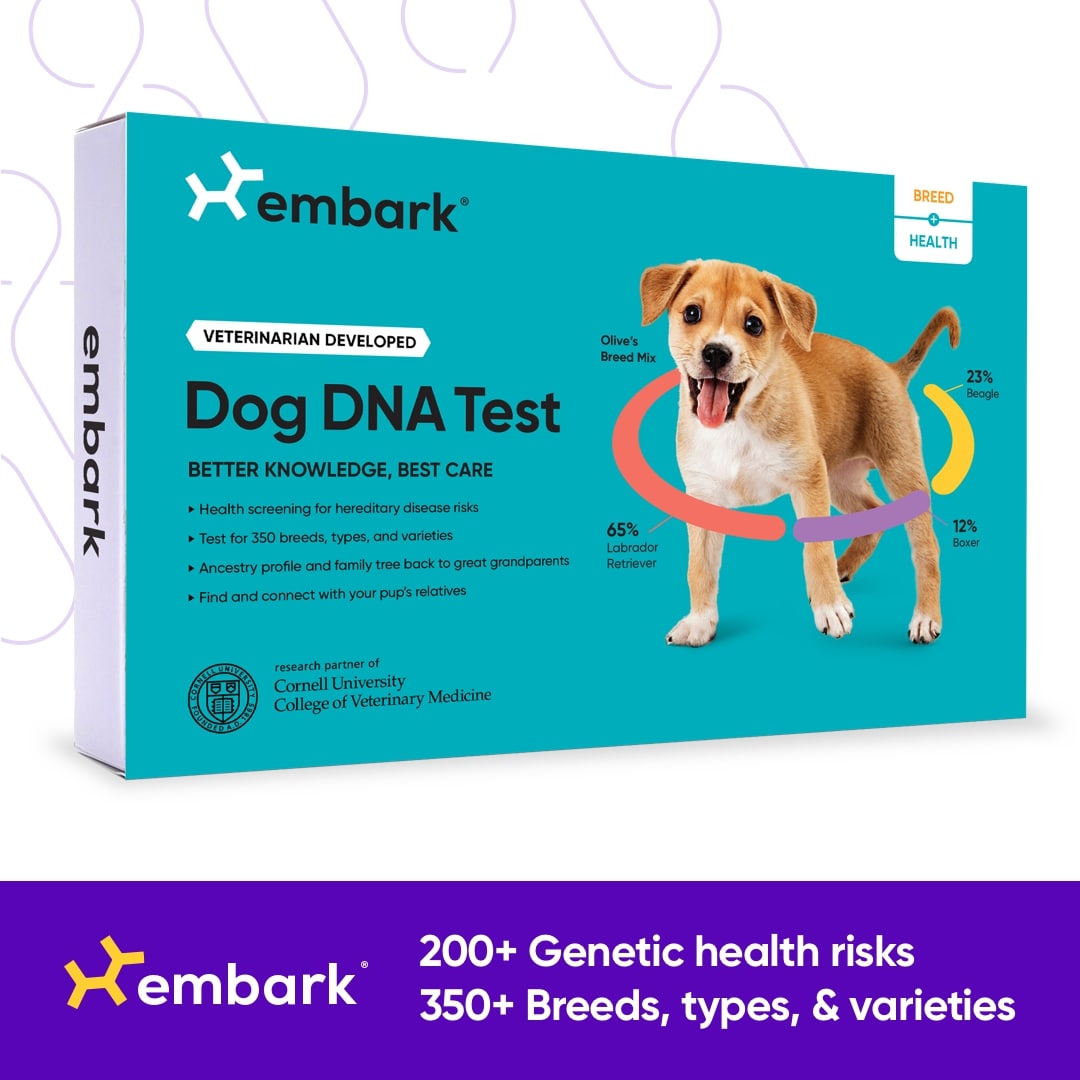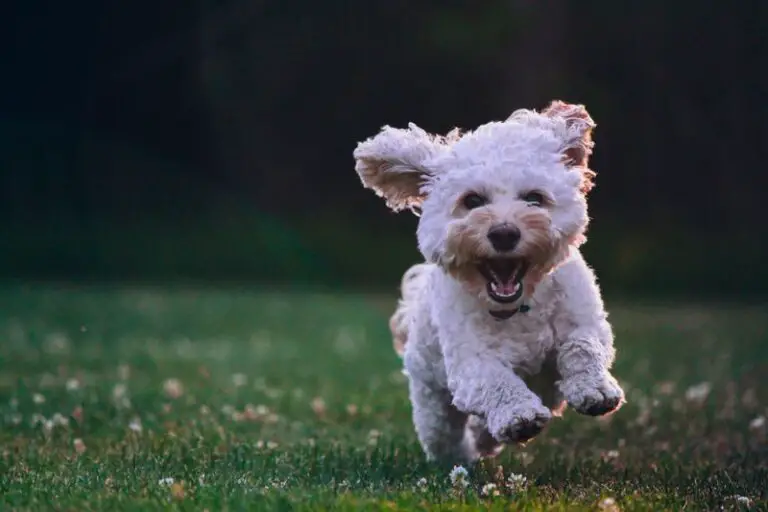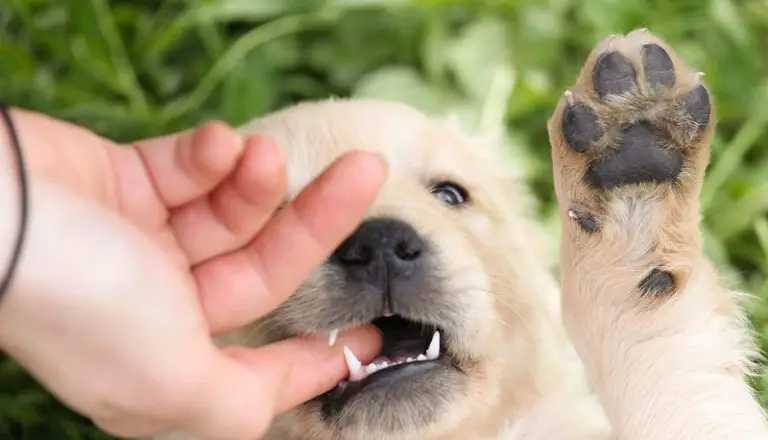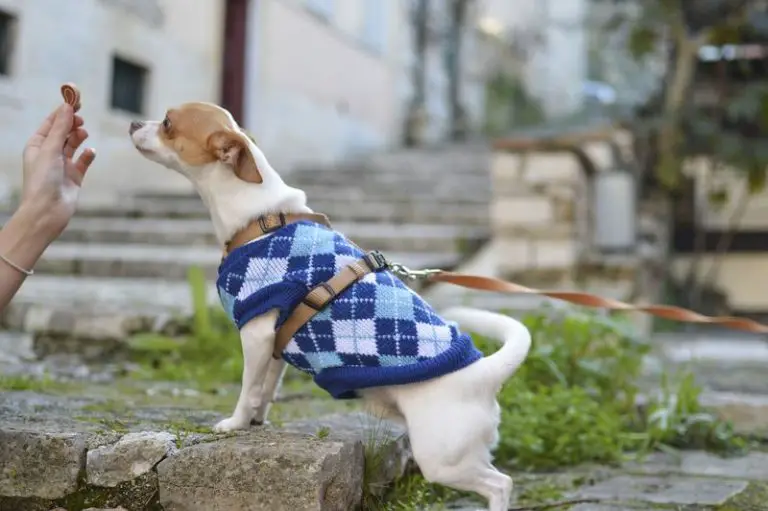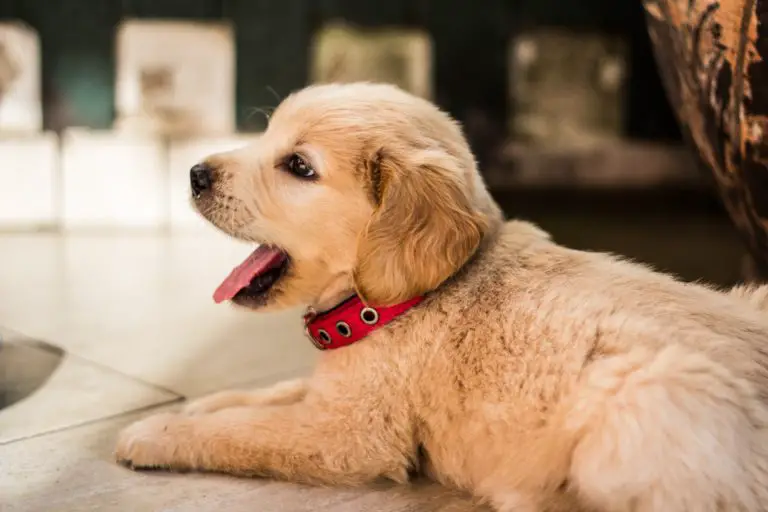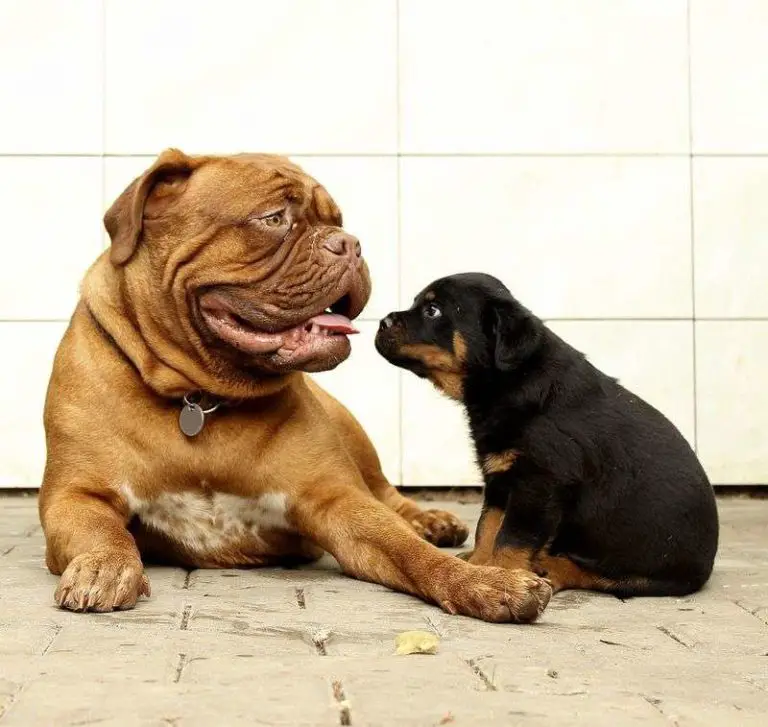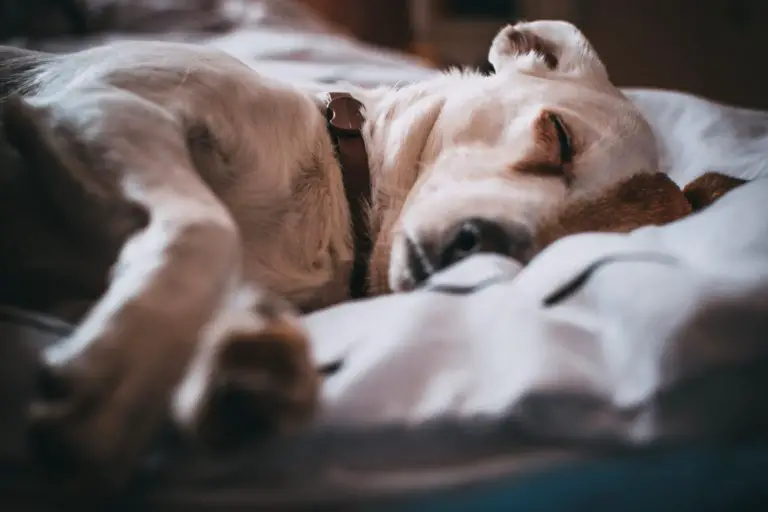How To Potty Train A Puppy On Pads
In March of 2017, I got myself a puppy. He was a French bulldog I called Scrappy. A very tiny, excited and rambunctious little fella.
I remember the day I went to pick him up for the first time, I was so excited and eager to get him home and play with him. I even bought him new puppy toys to welcome him into my home. After picking him up I drove about 12 minutes to get back home.
Because he was so tiny and couldn’t even be put on a leash, I had picked him up and took him into my house. Less than 30 seconds later, Scrappy had made himself comfortable extremely fast by introducing his urine to my bedroom carpet.
Immediately after I cleaned up his pee which eventually stained my carpet, he pooped. Thanks, Scrappy!
Since this was not my first rodeo, I know exactly what I needed to do.
For many of you that have never potty trained a puppy on pee pads before, here’s what you’ll need.
What you’ll need to potty train your puppy to pee on pads.
- Puppy Potty Training Pads (link to Amazon) p.s. They help your house to not smell like urine.
- A puppy that is at least 4 months old.
- Your Puppy’s favorite treat
- Patience
- Pee Pad Spray (link to Amazon). This is optional.
Step 1
Pick a spot. Your puppy will become accustomed to going to the same spot or spots every time they need to go potty. Place the training pads near a spot that is close to your puppy’s crate or kennel just to avoid any accidents on their way to visit the potty-training pads.
This will likely become a long-term spot for your puppy if they’re going to be inside dogs, so please choose this area wisely. It is not recommended that you place the potty-training pads near any carpeted areas because some brands are not so absorbent and will usually leave you cleaning up the mess that the pads could not completely soak up.
Step 2
If this is your puppy’s first time ever being potty trained then you need to begin by simply introducing them to the potty-training pads. When my dog was a puppy, I did this by simply lifting him up and sitting him on the pee pads. Let them touch it, sniff it, and interact with it.
The reason for this is to let them know that this area is theirs and that it is okay to get on top of it. Sounds like a strange concept but, I have found that many puppies will walk up to a potty-training pad, maybe sniff it a few times, then walk away from it. These types of puppies think that this object (potty pad) is not for them and will usually try to avoid using it.
I do not recommend that you let your puppy play on the pads or even sleep on them. It is important to let your dog know that the only reason they are on the potty-training pad is to potty. Nothing else should be done there.
Step 3
Wait! Because my dogs were so tiny, whenever I would begin teaching them how to use the potty training pads it was easier for me to control their movements. After I placed my puppy on the potty training pads I would just hold them there and wait until something happens.
My dog Scrappy would pee just about every 15 minutes so the amount of time I spent waiting was fairly short. You should restrict your puppy’s movement to nothing larger than the area of that square pee pad until they do something. If you have a much larger dog that is hard to keep on a tiny potty-training pad then check out these XL Potty Training Pads (link to Amazon).
If you find yourself having trouble with this step here’s a trick that will get your puppy to pee a whole lot quicker. You can pick up a bottle of Potty training Spray and spray an ample amount of it on your puppy’s pee pad.
I recommend using this version specifically because I have found that most dog potty training pad sprays will leave a nasty, wet-grass-smelling odor in your house that is not particularly easy in getting rid of.
The potty training spray will act as a pheromone attractant for your puppy and it will get them to basically potty anywhere you want them to just by spraying a spot. Using the potty training spray usually helped me to potty train my dogs significantly faster than without using it.
Step 4
Reward your dog for a job well done. After they use the potty-training pad you should give them their favorite treat to signify a job well done. This action will quickly get your dog to think that this is the action that you want to occur.
Remember, dogs learn by developing a “work then reward” system. If your dog understands what you expect from them, they will make it a goal to satisfy you in order to be rewarded.
Using this same “work then reward” system is the fundamental core of training any dog to perform a specific action or to correct any bad puppy behavior.
Step 5
Repetition is key. You will need to repeat steps 3 & 4 up to 10 times a day for younger puppies with tinier bladders and about 5 to 6 times a day for not-so-young puppies.
Making this process habitual and actually sticking with it will shorten the amount of time it will take for you to train your dog to use the potty-training pads considerably.
It will take much longer if you do not take the time out to properly potty train your puppy and they will likely potty anywhere, they please even after they are much older dogs.
Tips For Potty Training On Pee Pads:
- Multiple Placements. It will help your puppy out a ton if you place a potty-training pad in every room in your house that your puppy is allowed access to. Remember to use that very same spot to place the training pad in each room.
- Always reward. Rewarding your puppy will speed up the rate that they’re learning at.
- Be patient. Remember, your dog has never been forced to use a potty-training pad before. They are just learning, and you must understand that this will take time.
- Set alarms, timers and schedules. I had gotten into the habit of being extremely careful about how I was spending my time. I learned about how often my puppy needed to go potty and I had created timers on my phone that would ring and let me know exactly what time my puppy needed to be on his potty pads.
- Mobility increases motility. If you’re having a hard time getting your puppy to go potty, then try playing with them. Playing with your dog will get them to pee or poop much sooner than normal.
- Keep your dog hydrated. Once your dog gets into the habit of drinking water regularly you will be able to better analyze your puppy’s peeing patterns and you will start to figure out about how long and how often your puppy will need to either use the potty-training pad or go outside, depending on which stage you are in with your new puppy. Figuring out these patterns can be useful because it will likely reduce the amount of accidents and clean ups you and your puppy will have.
What age to start potty training your puppy?
You should begin implementing potty training pads into your puppy’s daily schedule at about 4 months old. At this age, it will become easier to train your puppy because they are more able to respond effectively to given commands if practiced often enough. Attempting to train a puppy that is less than 4 months old will not yield any positive expected results.
Are training pads good for puppies?
Training pads are good for puppies to use, though, it is recommended that you train much older dogs to go potty outside rather than using a training pad. Some training pads also help considerably with using 5-layer absorbency protection that will almost completely soak up your puppy’s pee or neutralize the odor when they poop.
How long does it take to potty train a puppy on pads?
It depends, are you actively training your puppy to use potty training pads or are you training passively? Dog owners that actively train their puppies will realize that their puppy will be fully potty trained after about 6 weeks of consistent practice. Dog owners that give less attention to their dogs in this area will find that the process may take anywhere from a few months up to an entire year.
How often do I need to take my puppy outside to potty?
It will vary entirely based on your puppy’s breed, age, and size.
| Age | Frequency |
| 0-4 Months | They will potty all the time. Just let them go where they want to. |
| 4 – 7 Months | Roughly about 10 times a day. |
| 7 – 12 Months | 5-7 times a day |
| 1 Year + | 3 times a day |
How do you transition from puppy pads to outside?
You should transition from puppy pads to going outside when your puppy has mastered the art of using the potty-training pads. You should transition them by using the potty training spray mentioned earlier in the article. The smell will likely replicate the pheromone attractants that dogs smell that will signal them to go potty.
Simply spray it in the general area outside that you want your dog to go potty.
You should not let your dog play outside when you take them to go potty. They should learn that when they come to the spot that their only job is to potty.
If you find that they do not need to go potty, then remove them from the area. Try taking them to go potty in an hour or if you hear them whining as it is likely that they’re telling you it’s time to go.
How to discipline your dog?
Crate training your dog is important in this area because you will find yourself having to discipline your puppy. After your puppy pees or poops on the floor, you will send them into their crate and leave them there for about 15 minutes.
Do not bring any toys or treats in the crate because your dog must learn that being in the crate will serve as a punishment and not as a play zone.
You should not practice hitting or yelling at your puppy because this will cause resentment and friction in your trust and relationship. Your puppy will fear you and likely not be very comfortable with being around you because he/ she will not know when you plan on hitting or yelling at them again.
Conclusion
I have found that most dog owners will potty train their puppy up to 10x faster if they take the time out to consistently train their puppy and take small steps daily with their puppy to get them to achieve their overall goal. Dog owners must understand that puppies are still babies.
Babies take a very long time to learn something because they have never experienced that thing before. Countless dog owners email our team asking questions that refer to how long it will essentially take to potty train their puppy.
The most successful dog owners find success in training their puppy when they put in the work. Just remember to be patient in the training process and all your doggie goals will come into fruition.

